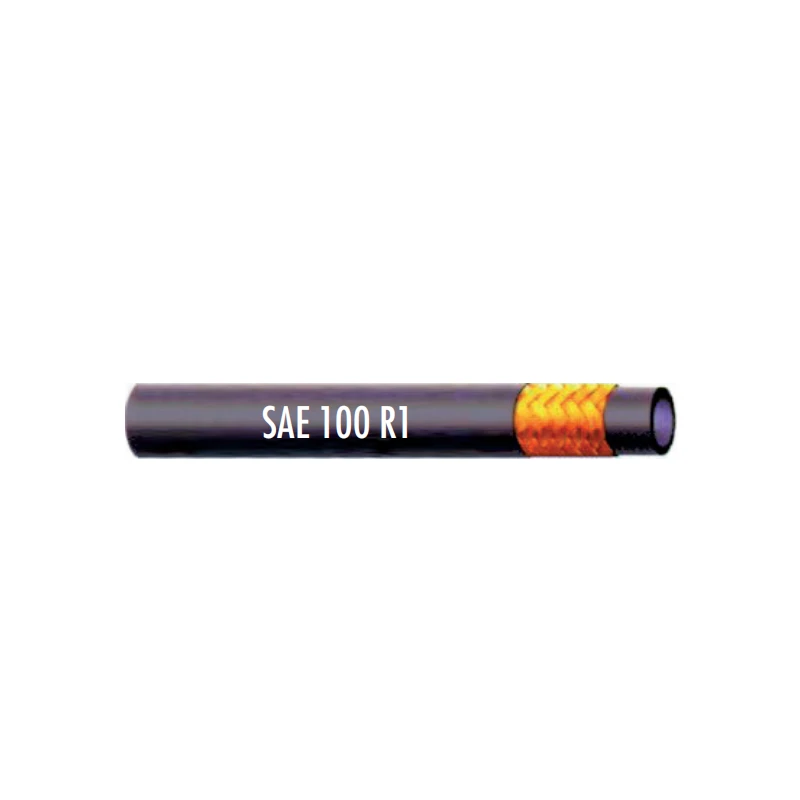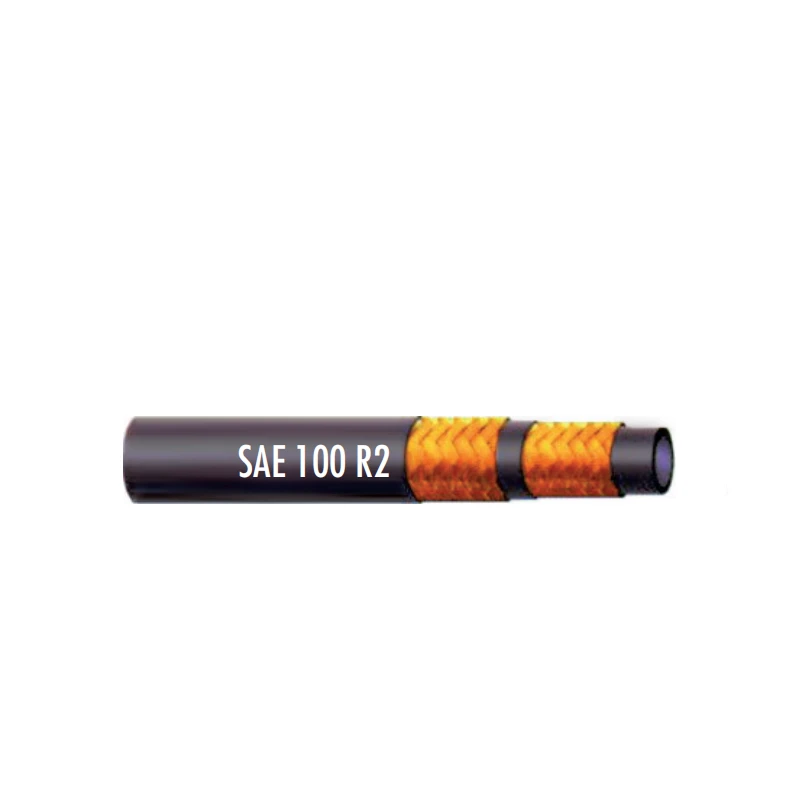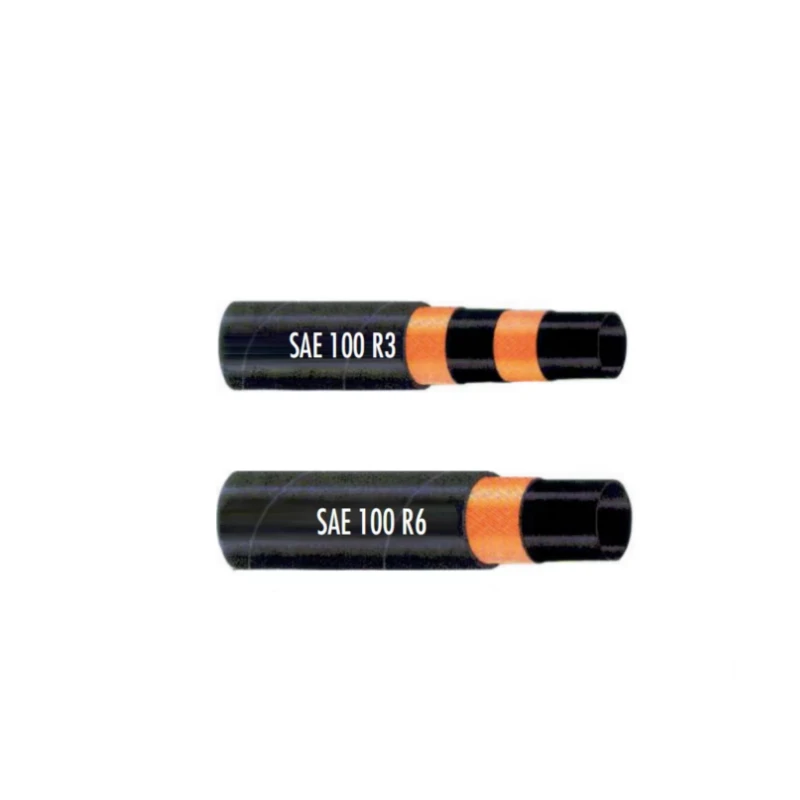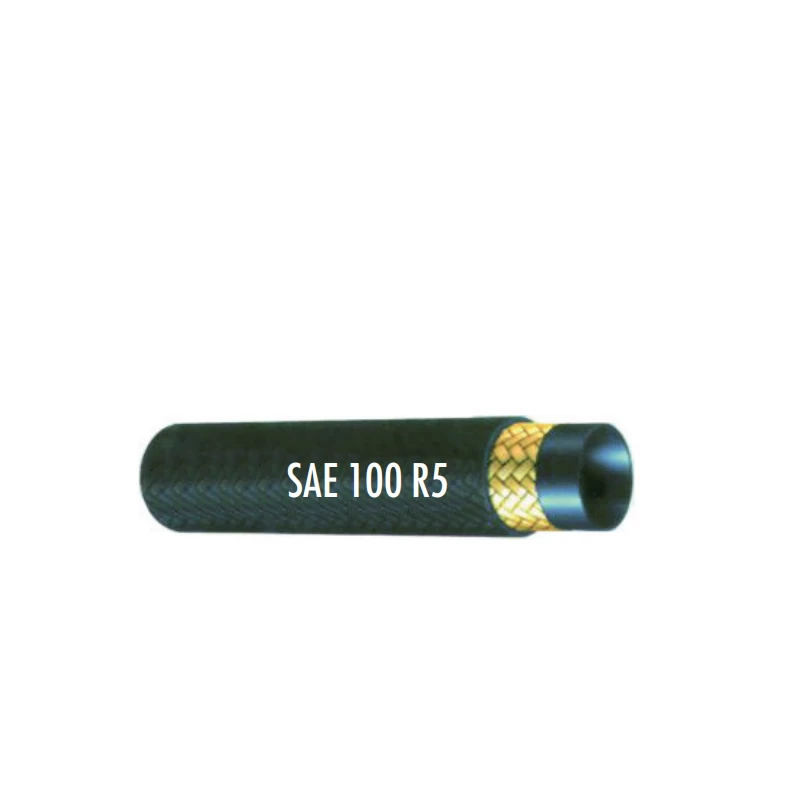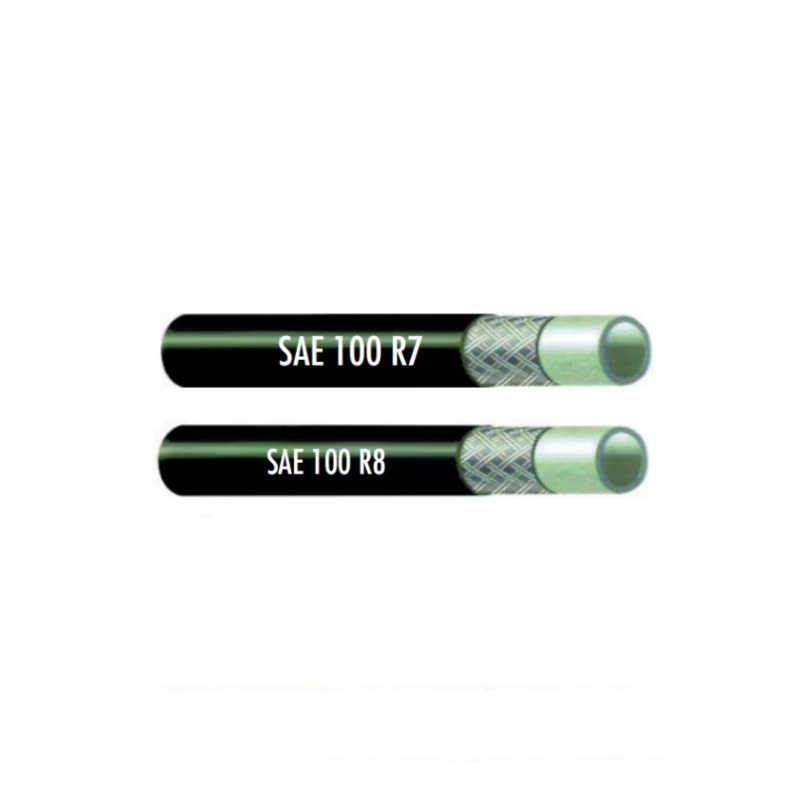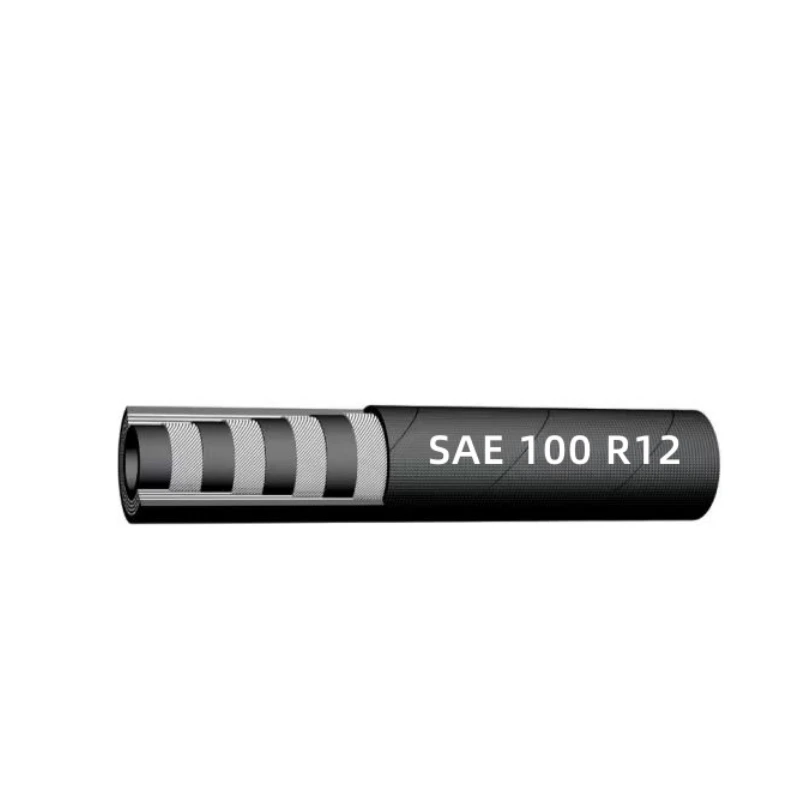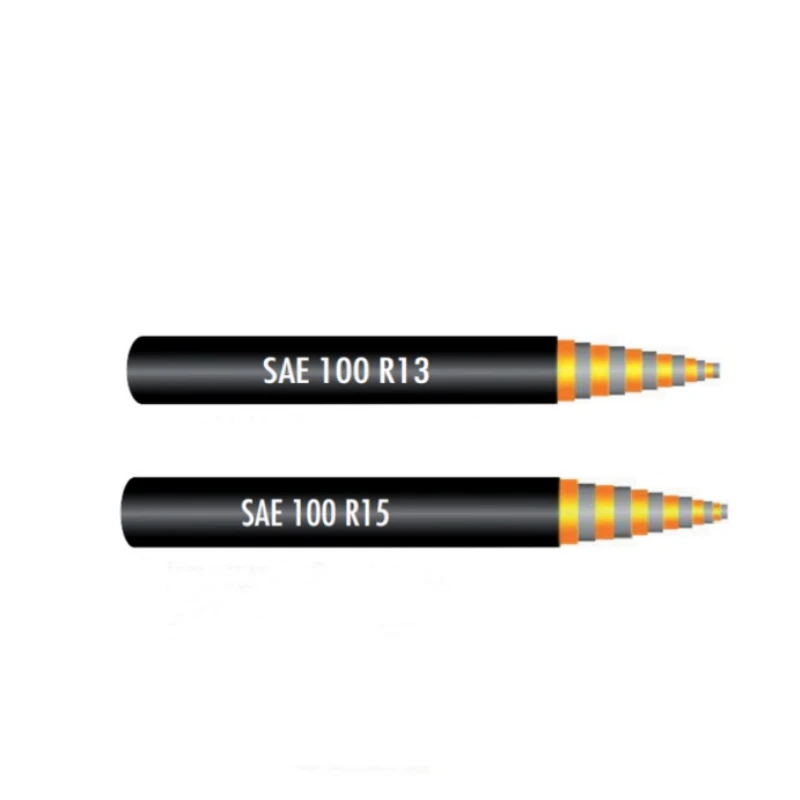
- Afrikaans
- Albanian
- Amharic
- Arabic
- Armenian
- Azerbaijani
- Basque
- Belarusian
- Bengali
- Bosnian
- Bulgarian
- Catalan
- Cebuano
- Corsican
- Croatian
- Czech
- Danish
- Dutch
- English
- Esperanto
- Estonian
- Finnish
- French
- Frisian
- Galician
- Georgian
- German
- Greek
- Gujarati
- haitian_creole
- hausa
- hawaiian
- Hebrew
- Hindi
- Miao
- Hungarian
- Icelandic
- igbo
- Indonesian
- irish
- Italian
- Japanese
- Javanese
- Kannada
- kazakh
- Khmer
- Rwandese
- Korean
- Kurdish
- Kyrgyz
- Lao
- Latin
- Latvian
- Lithuanian
- Luxembourgish
- Macedonian
- Malgashi
- Malay
- Malayalam
- Maltese
- Maori
- Marathi
- Mongolian
- Myanmar
- Nepali
- Norwegian
- Norwegian
- Occitan
- Pashto
- Persian
- Polish
- Portuguese
- Punjabi
- Romanian
- Russian
- Samoan
- scottish-gaelic
- Serbian
- Sesotho
- Shona
- Sindhi
- Sinhala
- Slovak
- Slovenian
- Somali
- Spanish
- Sundanese
- Swahili
- Swedish
- Tagalog
- Tajik
- Tamil
- Tatar
- Telugu
- Thai
- Turkish
- Turkmen
- Ukrainian
- Urdu
- Uighur
- Uzbek
- Vietnamese
- Welsh
- Bantu
- Yiddish
- Yoruba
- Zulu

Aug . 18, 2025 11:33 Back to list
Materials Used in Vacuum Hose
The performance, durability, and functionality of vacuum hose are significantly influenced by the materials used in their construction. Whether it's for industrial applications, automotive systems, or household cleaning, the right material choice ensures that the vacuum hose can withstand the demands of its intended use. Silicone vacuum hose stands out as a specialized type, known for its unique properties, while vacuum hose extension also has specific material considerations to maintain performance and compatibility. Understanding the materials used in vacuum hose is crucial for manufacturers, users, and maintenance professionals. This article explores the various materials employed in vacuum hose production, their characteristics, and how they impact the overall quality and usability of the hose.
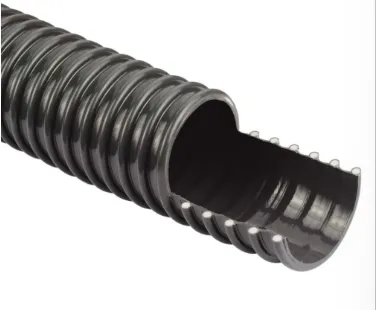
Synthetic Rubbers in Vacuum Hose
Synthetic rubbers are among the most commonly used materials in vacuum hose manufacturing. Neoprene, for example, offers excellent resistance to chemicals, oils, and weathering. It can withstand a wide range of temperatures, making it suitable for both indoor and outdoor applications. Neoprene - based vacuum hose is often used in industrial settings where exposure to harsh chemicals or varying environmental conditions is common.
Nitrile rubber (NBR) is another popular synthetic rubber used in vacuum hose. It has exceptional resistance to petroleum - based fuels, oils, and solvents. This makes NBR - lined vacuum hose ideal for automotive applications, such as fuel line hoses or hoses in the engine compartment where they may come into contact with oil and fuel. The flexibility and resilience of synthetic rubbers also contribute to the ease of installation and maneuverability of vacuum hose in various setups.
Silicone in Silicone Vacuum Hose
Silicone vacuum hose is primarily made from silicone rubber, which has distinct advantages over other materials. Silicone offers outstanding heat resistance, capable of withstanding high temperatures without degrading or losing its flexibility. This makes silicone vacuum hose perfect for applications in high - heat environments, such as automotive engines, where it can handle the intense heat generated by the engine without cracking or failing.
In addition to heat resistance, silicone has excellent chemical resistance, being able to resist a wide variety of chemicals, including acids, alkalis, and many solvents. It is also non - reactive, which is beneficial in applications where the hose may come into contact with sensitive substances. The biocompatibility of silicone makes it suitable for use in the food and medical industries as well, where silicone vacuum hose can be used for tasks like food processing or medical suction without the risk of contaminating the products or patients.
Thermoplastics in Vacuum Hose
Thermoplastics are also widely used in the production of vacuum hose. Polyvinyl chloride (PVC) is a common thermoplastic material. PVC - based vacuum hose is cost - effective, flexible, and offers good resistance to abrasion. It is often used in household vacuum cleaners and some light - duty industrial applications. However, PVC may have limitations in terms of temperature resistance and chemical compatibility compared to other materials.
Polyurethane (PU) is another thermoplastic material used in vacuum hose. PU - lined hoses are known for their high strength, excellent abrasion resistance, and good flexibility. They can withstand higher pressures and are more durable than many other materials, making them suitable for heavy - duty industrial applications and vacuum hose extension where long - lasting performance and the ability to handle tough working conditions are required.
Reinforcement Materials in Vacuum Hose and Vacuum Hose Extension
To enhance the strength and pressure - handling capabilities of vacuum hose and vacuum hose extension, various reinforcement materials are used. Braided fibers, such as polyester or nylon, are commonly employed. These fibers are woven around the inner tube of the hose, providing additional tensile strength and preventing the hose from collapsing under vacuum pressure.
For more heavy - duty applications, metal wires, like stainless steel or galvanized steel, are used as reinforcement. The metal wire reinforcement gives the vacuum hose and vacuum hose extension the ability to withstand extremely high pressures and resist kinking, making them suitable for industrial processes that require high - intensity vacuum operations. The choice of reinforcement material depends on the specific requirements of the application, ensuring that the vacuum hose can perform reliably under different working conditio.
About Materials Used in Vacuum Hose FAQS
Why is silicone a preferred material for silicone vacuum hose in automotive engines?
Silicone is a preferred material for silicone vacuum hose in automotive engines because of its excellent heat resistance. Engines generate a significant amount of heat, and silicone vacuum hose can withstand these high temperatures without degrading, cracking, or losing its flexibility. Additionally, silicone has good chemical resistance, which protects the hose from contact with engine oils, coolants, and other chemicals present in the engine compartment. Its non - reactive nature also ensures that it won't contaminate the engine fluids, making it a reliable choice for automotive applications where durability and performance are crucial.
How do synthetic rubbers in vacuum hose compare to thermoplastics?
Synthetic rubbers and thermoplastics in vacuum hose have different characteristics. Synthetic rubbers, like neoprene and nitrile rubber, generally offer better resistance to chemicals, oils, and weathering. They can also handle a wider range of temperatures in many cases. Thermoplastics, such as PVC and polyurethane, are often more cost - effective and may have better abrasion resistance in some forms. PVC is more commonly used in lighter - duty applications due to its lower cost and flexibility, while polyurethane is suitable for heavy - duty tasks because of its high strength and durability. The choice between them depends on the specific requirements of the vacuum hose application.
What factors should be considered when choosing materials for vacuum hose extension?
When choosing materials for vacuum hose extension, several factors are important. First, compatibility with the existing vacuum hose is crucial to ensure a proper connection and consistent performance. The material should also be able to handle the expected vacuum pressure without collapsing or leaking. For applications where the hose will be exposed to harsh conditions, such as high temperatures, chemicals, or abrasion, materials with appropriate resistance properties, like silicone or polyurethane, should be considered. Additionally, the flexibility of the material is important for easy installation and maneuvering, especially when extending the reach of the vacuum system.
Can materials in vacuum hose affect its suction power?
Yes, the materials in vacuum hose can affect its suction power. Materials with a smooth inner surface, such as silicone or some high - quality thermoplastics, reduce internal friction, allowing air or fluid to flow more freely and maintaining higher suction power. On the other hand, materials with a rough inner texture or those that are prone to collapsing under vacuum pressure can restrict the flow, leading to a decrease in suction power. Reinforcement materials also play a role, as hoses with proper reinforcement are less likely to deform under vacuum, ensuring that the suction power remains consistent during operation.
Are there any eco - friendly materials used in vacuum hose production?
Yes, there are eco - friendly materials used in vacuum hose production. Some manufacturers are using recycled synthetic rubbers and thermoplastics to reduce the environmental impact. Additionally, materials like silicone can be considered more environmentally friendly in some aspects due to their long lifespan and durability, reducing the frequency of hose replacements and waste generation. There is also ongoing research and development to create more sustainable materials for vacuum hose, such as biodegradable polymers that can break down naturally at the end of their useful life, minimizing the environmental footprint of vacuum hose, silicone vacuum hose, and vacuum hose extension products.
Latest News
Steel Wire Reinforced Hydraulic Hose SAE 100 R1 / EN853 1SN S
NewsOct.17,2024
Two Layers Steel Wire Reinforced Hydraulic Hose SAE 100 R2 / EN853 2SN
NewsSep.03,2024
Textile Braid Reinforced Hydraulic Hose SAE100 R3+R6
NewsSep.03,2024
Textile Reinforced Hydraulic oil Suction Hose with embedded Steel Wire SAE 100 R4
NewsSep.03,2024
Single Wire Braid and Textile Covered Hydraulic Hose SAE 100 R5
NewsSep.03,2024
High Pressure Thermoplastic Hydraulic Hose SAE 100 R7 / EN855 R7 - SAE 100 R8 / EN855 R8
NewsSep.03,2024
Heavy Duty Four-layer Steel Wire Spiral Reinforced Hydraulic Hose SAE100R9+R10+R12
NewsSep.03,2024
Heavy Duty Multi-layer Steel Wire Reinforced Hydraulic Hose SAE100R13 SAE100R15
NewsSep.03,2024
Latest Products
